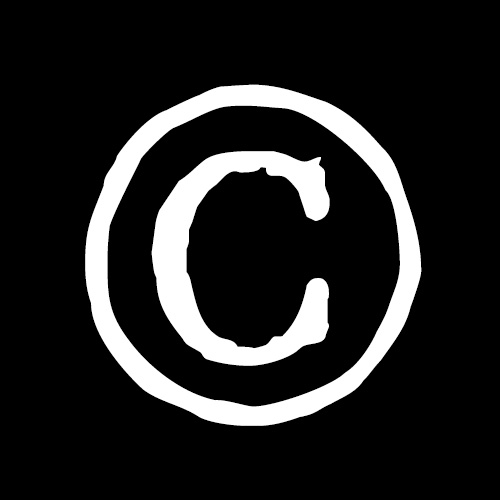If you’re a writer, designer, filmmaker, student, or working in any number of other creative fields, public domain may be relevant to your work. When the copyright of a work expires, whether it be a book, a piece of art, a film, or even a character, the work passes into what is known as the public domain. It’s not a literal place, like the name may suggest, but it is more akin to an abstract “cloud” of works that are available for reproduction, augmentation, or inspiration. The public domain is essentially a collective of works whose copyrights you don’t have to worry about infringing upon.
The Center for the Study of the Public Domain’s description of the public domain is nearly poetic: “The public domain is the realm of material—ideas, images, sounds, discoveries, facts, texts—that is unprotected by intellectual property rights and free for all to use or build upon.” This means that all works that fall under the category of “public domain” may be used without the permission of the original copyright holder.
Every New Year’s Day is Public Domain Day. On this day, a multitude of new works enter the public domain due to expired intellectual property rights. While eligibility for the public domain varies from country to country, it can generally be said that expiration occurs somewhere between fifty and seventy years after the death of the author, though the specific number of years varies quite a bit on either side of those delineations. The type of work, when it was published, and its copyright history all have bearing on the specific year a work will enter the public domain. To determine when a work will enter the domain in the United States or if a work is already in it, check out this year’s helpful graph from Cornell.
When we say that works in the public domain are free for public use, this use can fall into many different categories. For instance, one could redesign the cover or interior, a task given to our own Book Design and Production students this term.
In the case of books in the public domain, someone could take a character or idea from the novel and expand on it, creating sequels, prequels, or exploring the point of view of a minor character that the original work neglects. You could even take someone else’s character and place him or her in vastly different situations from what the original author intended. An example of people taking a work in the public domain and repurposing it for their own interests is Mary Shelley’s Frankenstein.
Published in 1818, Shelley’s copyright has long since expired. Since then, Dr. Frankenstein and his monster have become icons in pop culture independent from Shelley’s novel. The characters, or versions of them, have become common in film, television, comics, and on the stage. Universal Studios has even copyrighted its own version of Dr. Frankenstein’s monster. Its version, sporting the bolts on the side of his neck, bears little resemblance to Shelley’s creation and has become iconic, itself. The public domain is what has allowed the horror and heart of Shelley’s original story to find popularity with today’s modern audience.
If it weren’t for the public domain, we might never know Boris Karloff in Universal Studio’s eight films featuring Frankenstein’s monster or enjoyed many different authors’ take on Shelley’s story. They’ve explored the classic story told entirely from the monster’s point of view, seen the characters travel to seventeenth-century America to modern-day New Orleans. Without the public domain, a significant portion of today’s popular culture would be different from how we presently know it.
However, the public domains does face some challenges. Though a work may be a part of the public domain, this does not necessarily mean that it is readily available. There are those who advocate that a Digital Public Domain be instituted. This would require works entering the public domain to be digitized or available over the Internet to increase the access people have to them and further the spread of knowledge. It’s hard to argue with anything that might make more of the classic works we love available to more people. Let’s spread the love.
What’s your favorite work that’s part of the public domain? Mine’s currently Frankenstein, obviously. But next week it might be Black Beauty.

